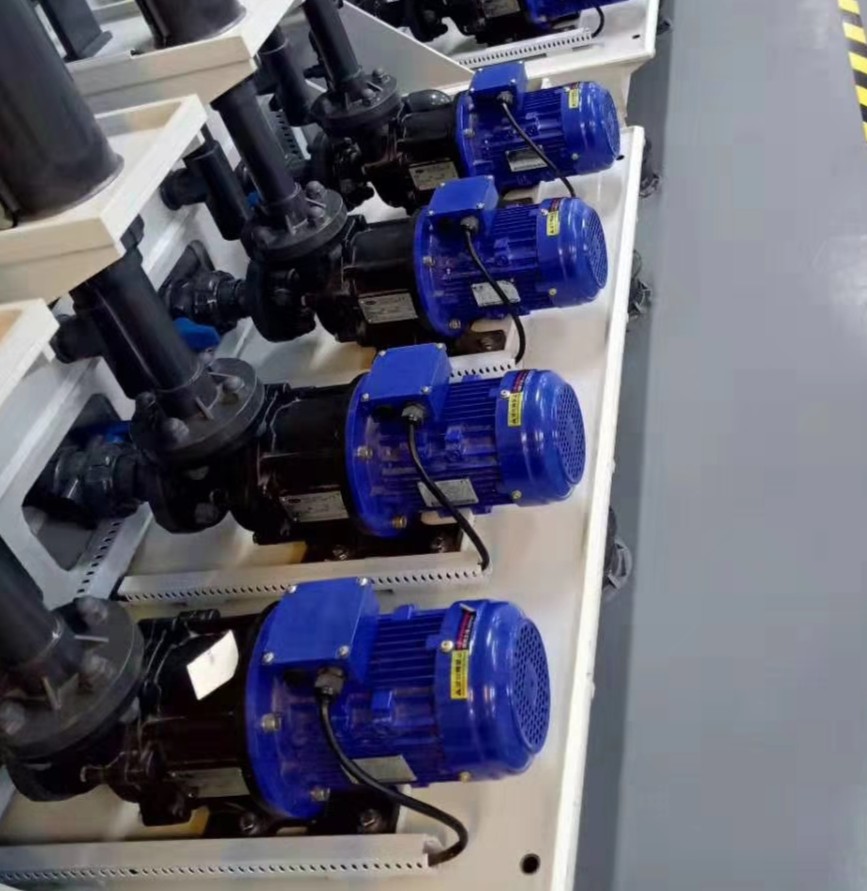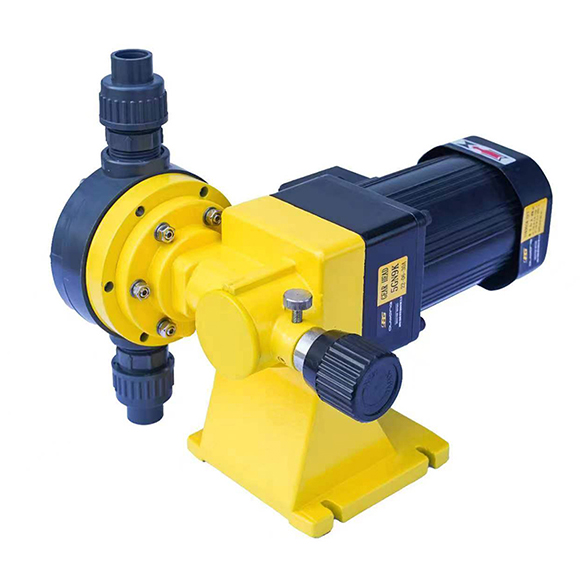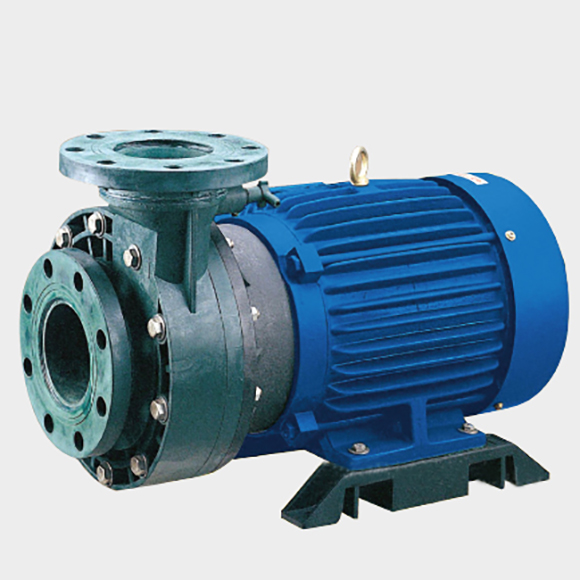Water or oil leakage is one of the most common issues in centrifugal pumps. It not only reduces pump efficiency but can also lead to safety hazards and environmental contamination. Understanding the root causes of leakage helps ensure reliable and long-term pump operation.

💧 1. Causes of Water Leakage
1. Mechanical Seal Failure
Cause: Worn, deformed, or improperly installed seal faces; weakened springs.
Symptoms: Continuous or intermittent water seepage near the seal area, especially during startup or high-pressure operation.
Solutions:
Inspect the sealing surfaces for flatness and smoothness;
Adjust spring compression properly;
Replace damaged or worn seal rings.
2. Packing Seal Deterioration or Improper Installation
Cause: Aged packing, incorrect tightening, or uneven compression.
Symptoms: Water leakage around the pump shaft, often dripping intermittently.
Solutions:
Replace old or hardened packing;
Adjust the gland nut — a small, consistent drip is acceptable for lubrication.
3. Damaged Gasket at Pump Casing or Flange Connection
Cause: Long-term vibration, temperature fluctuation, or uneven assembly causing gasket deformation or aging.
Solutions:
Replace the gasket with a new one;
Ensure flange faces are flat and clean;
Tighten bolts evenly in a cross pattern.
4. Cracked Pump Housing or Pipeline
Cause: Freezing during cold seasons, mechanical shock, casting defects, or corrosion over time.
Solutions:
Stop the pump and locate the crack;
Repair small cracks using cold welding or epoxy compound;
Replace the damaged part if the crack is severe.
5. Worn or Corroded Shaft Sleeve
Cause: Pumping fluids with solid particles or running with misalignment.
Solutions:
Replace the shaft sleeve;
Check and correct shaft alignment;
Maintain proper lubrication to prevent further wear.
⚙️ 2. Causes of Oil Leakage
1. Worn or Aged Oil Seal
Cause: Long-term use, high oil temperature, or oil oxidation.
Symptoms: Oil stains near the coupling or beneath the pump base.
Solutions:
Replace the oil seal;
Inspect the shaft surface for scratches or grooves.
2. Excessive Lubrication Oil
Cause: Overfilling the oil chamber or exceeding the oil-level mark.
Solutions:
Keep oil at the midpoint of the sight glass;
Use the correct oil viscosity grade recommended by the manufacturer.
3. Poor Sealing of Oil Chamber or Sight Glass
Cause: Aged O-rings or improperly seated gaskets.
Solutions:
Replace sealing rings or gaskets;
Clean and properly reinstall the components.
4. Abnormal Pressure in Bearing Housing
Cause: Clogged vent holes causing internal pressure buildup that forces oil out.
Solutions:
Clean the vent hole regularly;
Ensure proper air circulation in the bearing housing.
🛠️ 3. Preventive Maintenance Tips
Inspect mechanical seals, oil seals, and gaskets regularly.
Replace lubricating oil at the recommended intervals (usually every 1000–3000 hours).
Check bolts, pipelines, and fittings for looseness before startup.
Avoid dry running or prolonged low-flow operation.
Monitor vibration, temperature, and noise during operation to detect early warning signs.
✅ Conclusion
Preventing leakage in centrifugal pumps requires both proper installation and regular maintenance. By identifying and addressing issues like worn seals, improper lubrication, and gasket failure early, you can extend pump service life, improve efficiency, and ensure safe, stable operation.







